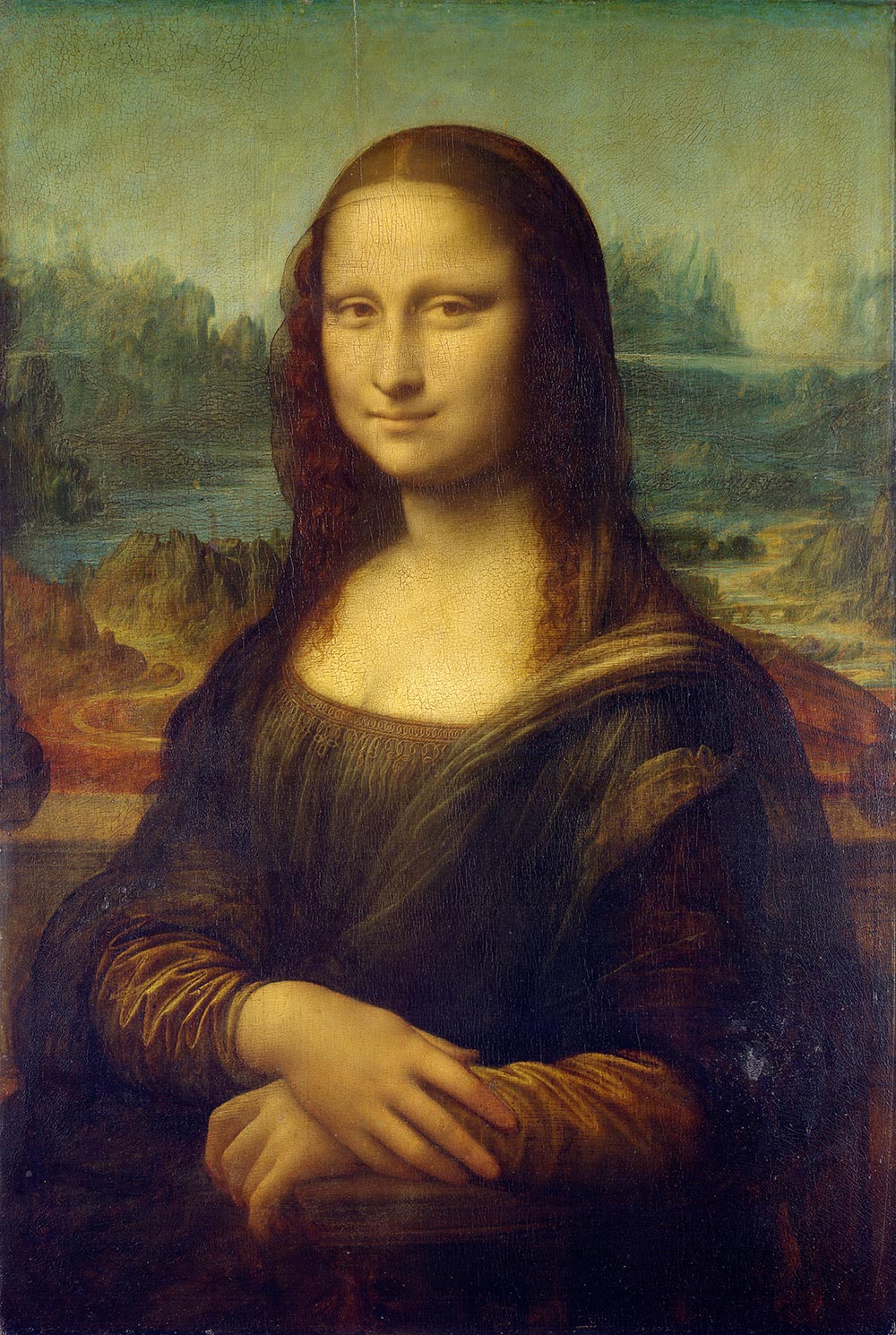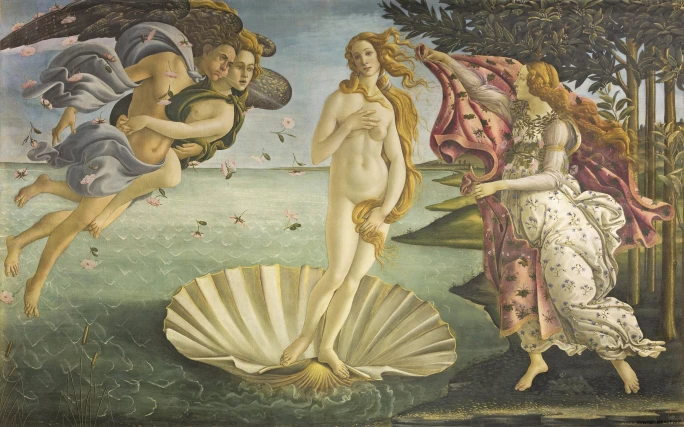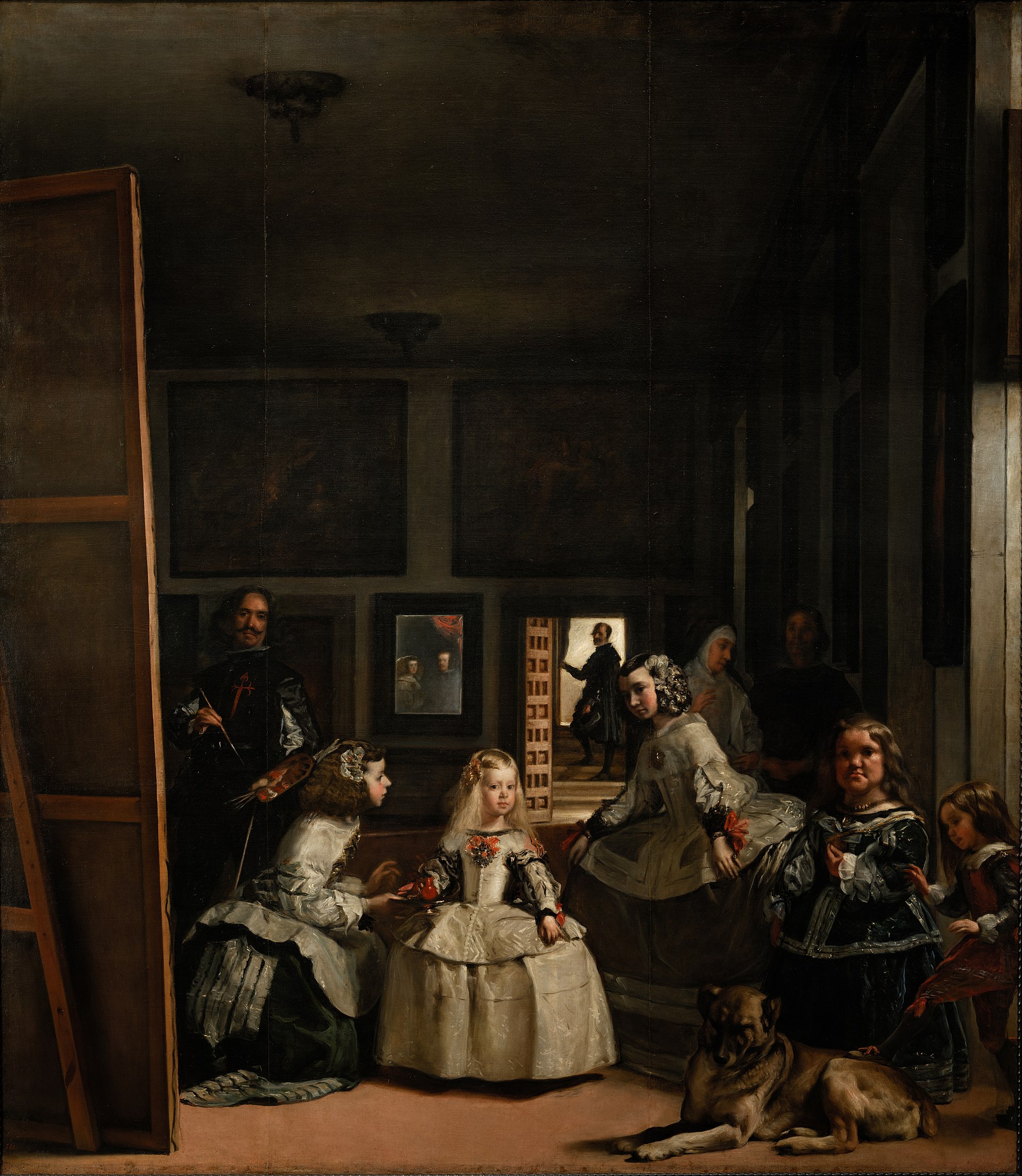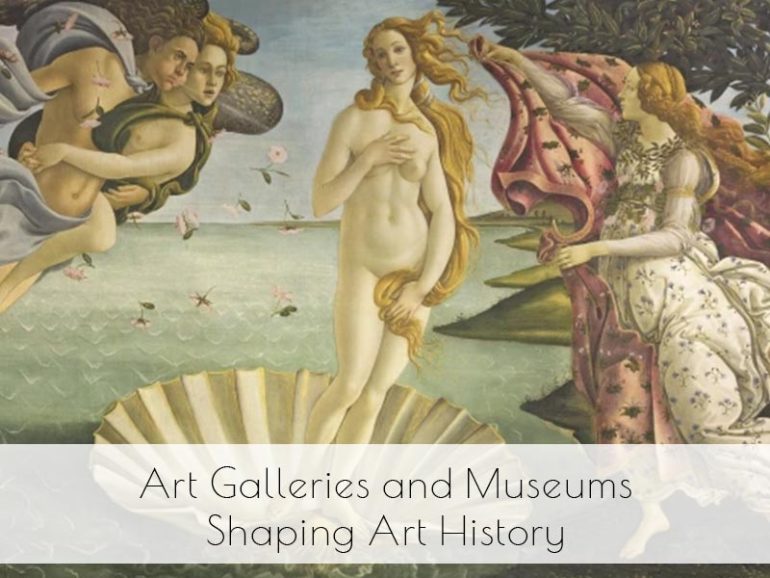Art galleries and museums play a crucial role in shaping art history by preserving and showcasing artworks that span centuries. These institutions not only safeguard cultural heritage but also provide invaluable educational resources for the public and art students alike. In this post, we will explore the importance of galleries and museums in preserving art, highlight some of the most famous institutions around the world, and discuss how virtual tours are making art more accessible than ever.
Importance of Galleries and Museums in Preserving Art
Galleries and museums are essential for maintaining and restoring artworks, ensuring that they endure for future generations. These institutions employ expert conservators who use advanced techniques to preserve pieces that might otherwise deteriorate over time. For instance, the restoration of the Sistine Chapel frescoes in Vatican City exemplifies the meticulous care taken to preserve historical masterpieces.
Beyond preservation, galleries and museums play a vital role in educating the public. They offer a space where people can engage with art, learn about different cultures, and gain insights into historical contexts. Exhibitions and educational programs help demystify art, making it more accessible and appreciated by a wider audience. For example, the “Night Watch” restoration project at the Rijksmuseum in Amsterdam not only restored the famous painting by Rembrandt but also allowed the public to witness the process, enhancing their understanding of art conservation.
Famous Galleries and Museums Around the World
Several renowned galleries and museums around the world have become iconic due to their impressive collections and historical significance.
- The Louvre (Paris): Home to thousands of works, including the “Mona Lisa” by Leonardo da Vinci and the “Venus de Milo.” The Louvre’s vast collection spans from ancient civilizations to the 19th century, making it one of the most comprehensive art museums globally.

- The Metropolitan Museum of Art (New York): Known as The Met, this museum houses over two million works, including pieces from classical antiquity, ancient Egypt, and an extensive collection of American and modern art. Notable works include Vincent van Gogh’s “Self-Portrait with a Straw Hat” and Emanuel Leutze’s “Washington Crossing the Delaware.”

- The British Museum (London): This museum offers a vast array of artifacts from around the world, including the Rosetta Stone and the Elgin Marbles. It provides a comprehensive look at human history and culture through its extensive collections.

- The Uffizi Gallery (Florence): Renowned for its outstanding collection of Renaissance art, the Uffizi houses works by Michelangelo, Botticelli, and Raphael. Key pieces include Botticelli’s “The Birth of Venus” and Leonardo da Vinci’s “Annunciation.”

- The Prado Museum (Madrid): This museum is celebrated for its collection of European art, including works by Francisco Goya, Diego Velázquez, and El Greco. Velázquez’s “Las Meninas” is one of its most famous paintings.

Virtual Tours and Making Art Accessible
The rise of virtual tours and online collections has revolutionized access to art, allowing people worldwide to explore museums from the comfort of their homes. Digital technology has democratized art, making it accessible to those who might not have the opportunity to visit these institutions in person.
Many museums offer virtual tours that provide an immersive experience. For instance, the British Museum offers an interactive timeline that lets users explore its collection chronologically. The Louvre provides virtual tours of some of its most famous galleries, including the Egyptian Antiquities and the Galerie d’Apollon.
Google Arts & Culture collaborates with museums globally to offer virtual tours and high-resolution images of artworks. Notable examples include the virtual tour of the Uffizi Gallery and the detailed exploration of Van Gogh’s works at the Van Gogh Museum in Amsterdam. These online resources are invaluable for art students, providing access to a wealth of knowledge and visual inspiration.
Art galleries and museums are indispensable in preserving art and shaping our understanding of art history. By exploring both physical and virtual collections, students can gain a deeper appreciation of artistic masterpieces and the cultural heritage they represent. These institutions continue to play a pivotal role in making art accessible and ensuring that it remains an integral part of our collective human experience.
If you would like to receive a roundup of all of our blog posts once a week to keep you inspired in your inbox, why not sign up to our newsletter. You can access our sign up at the top of our page. If you are a London Art College student and you would like your artwork featured here, drop us a line at any time.

